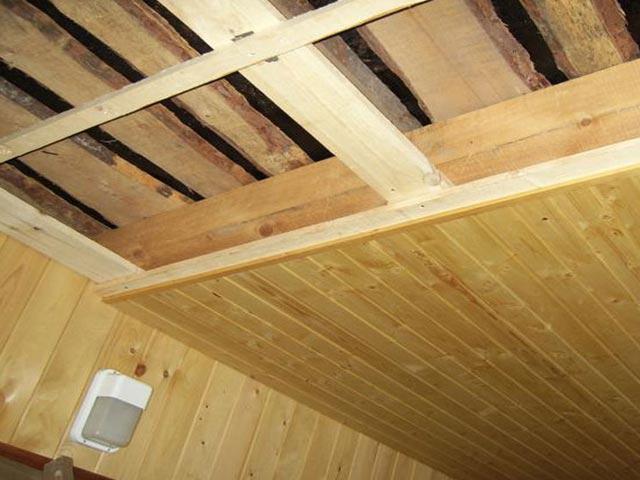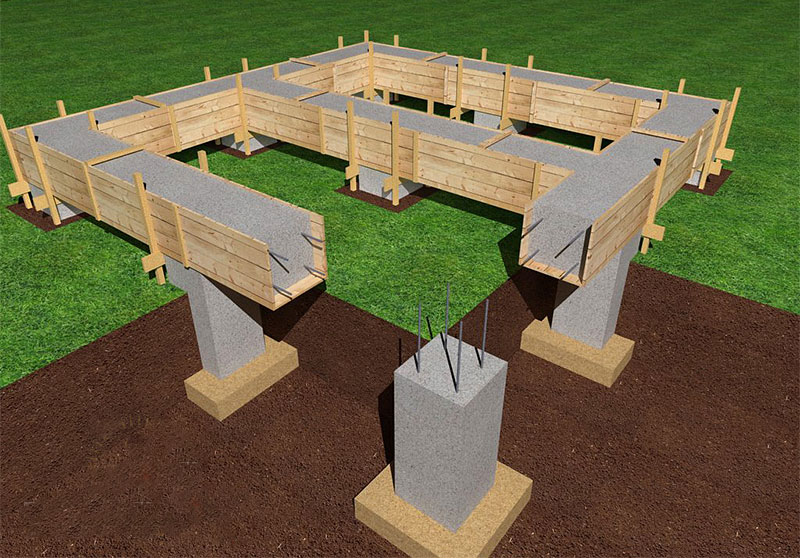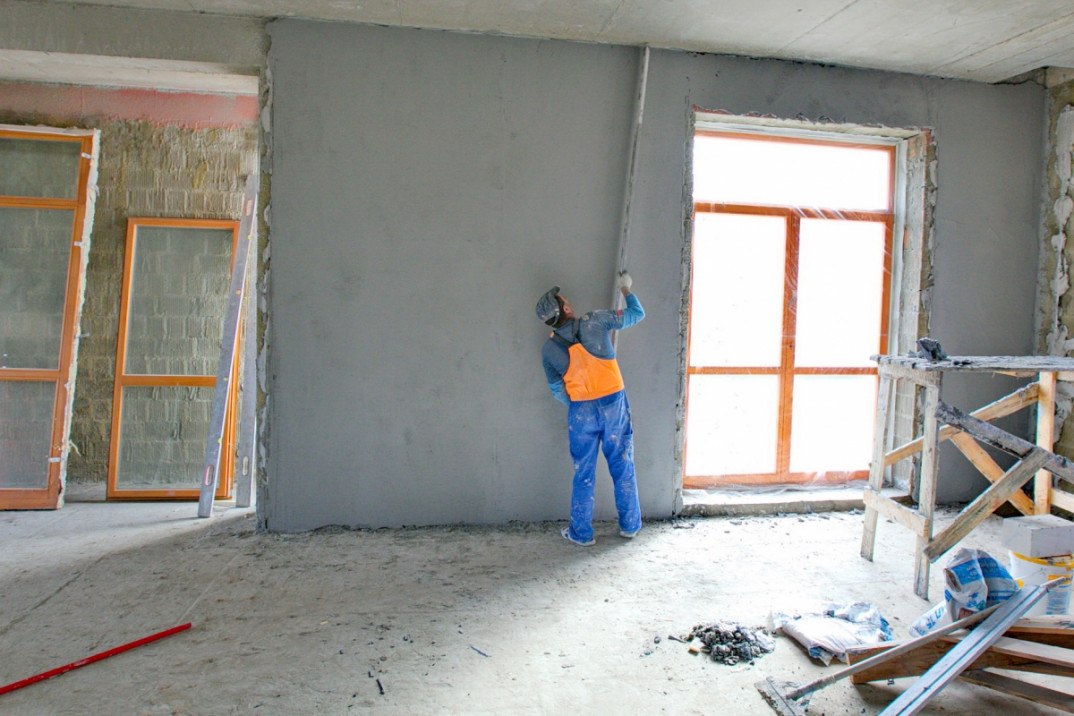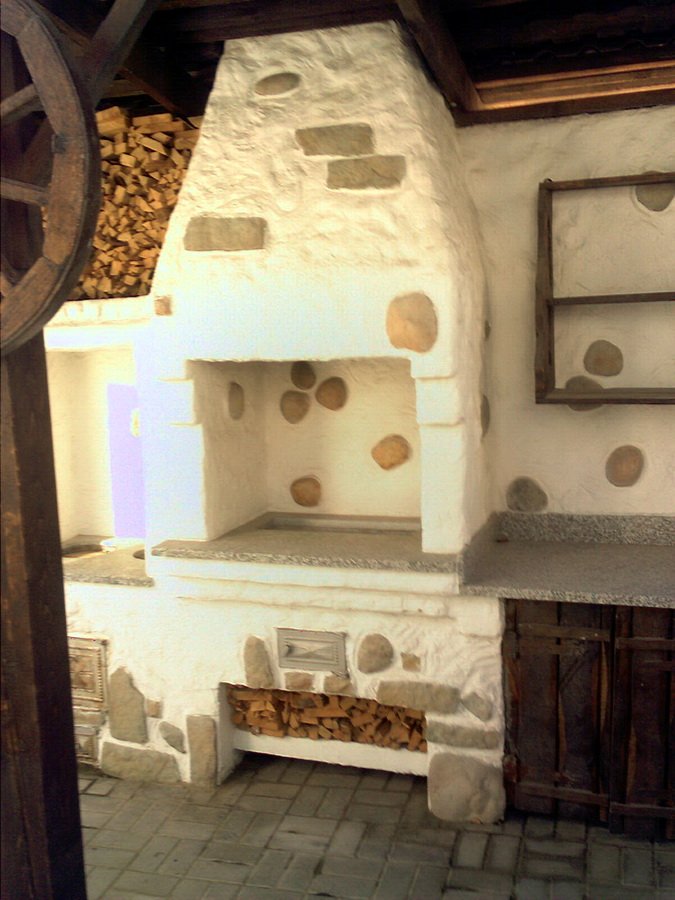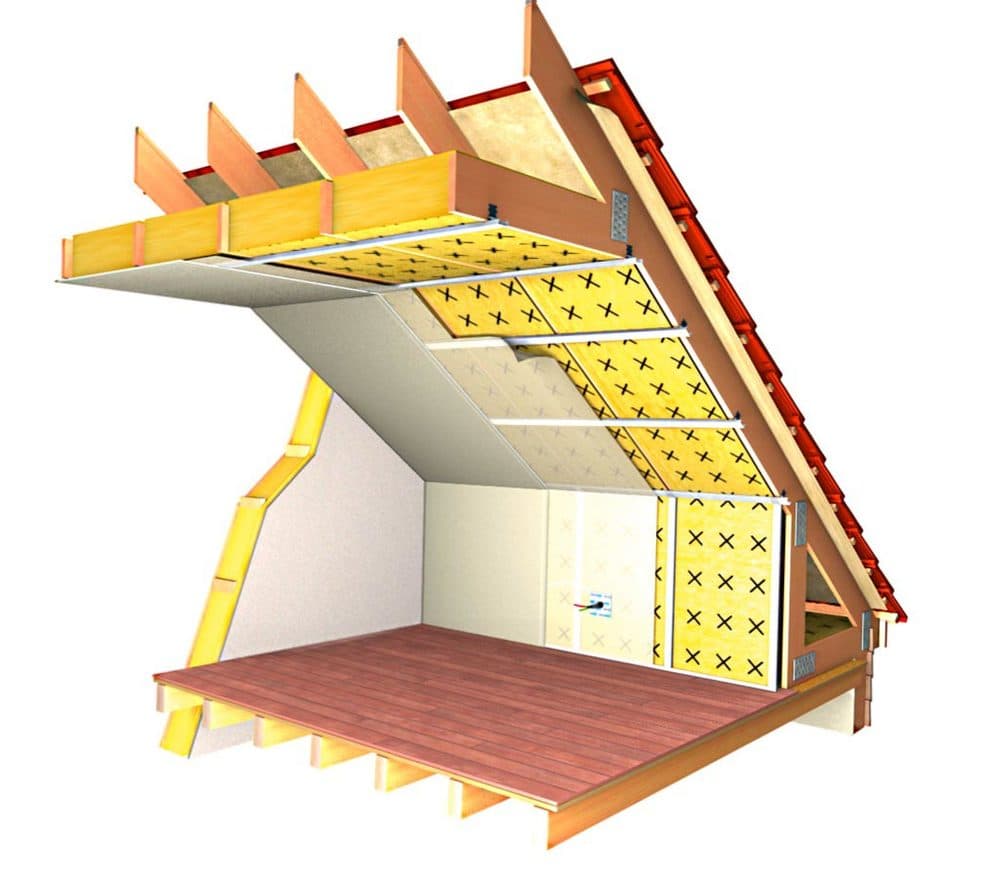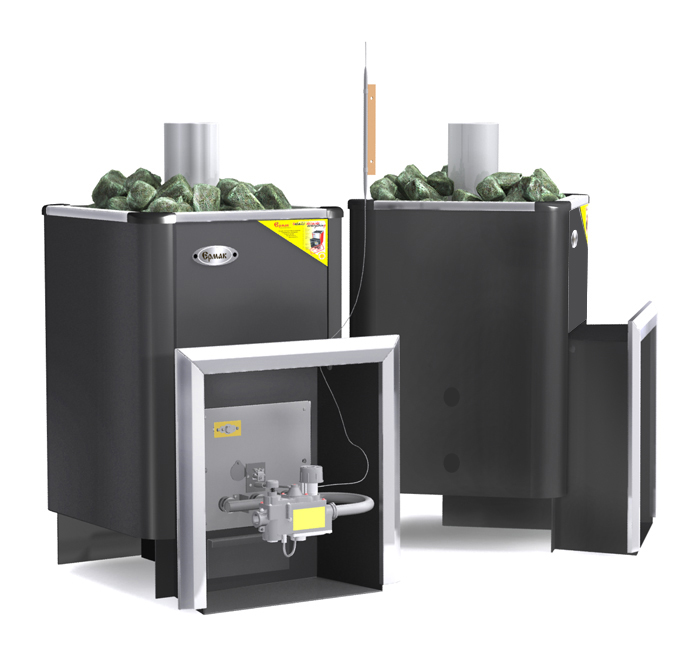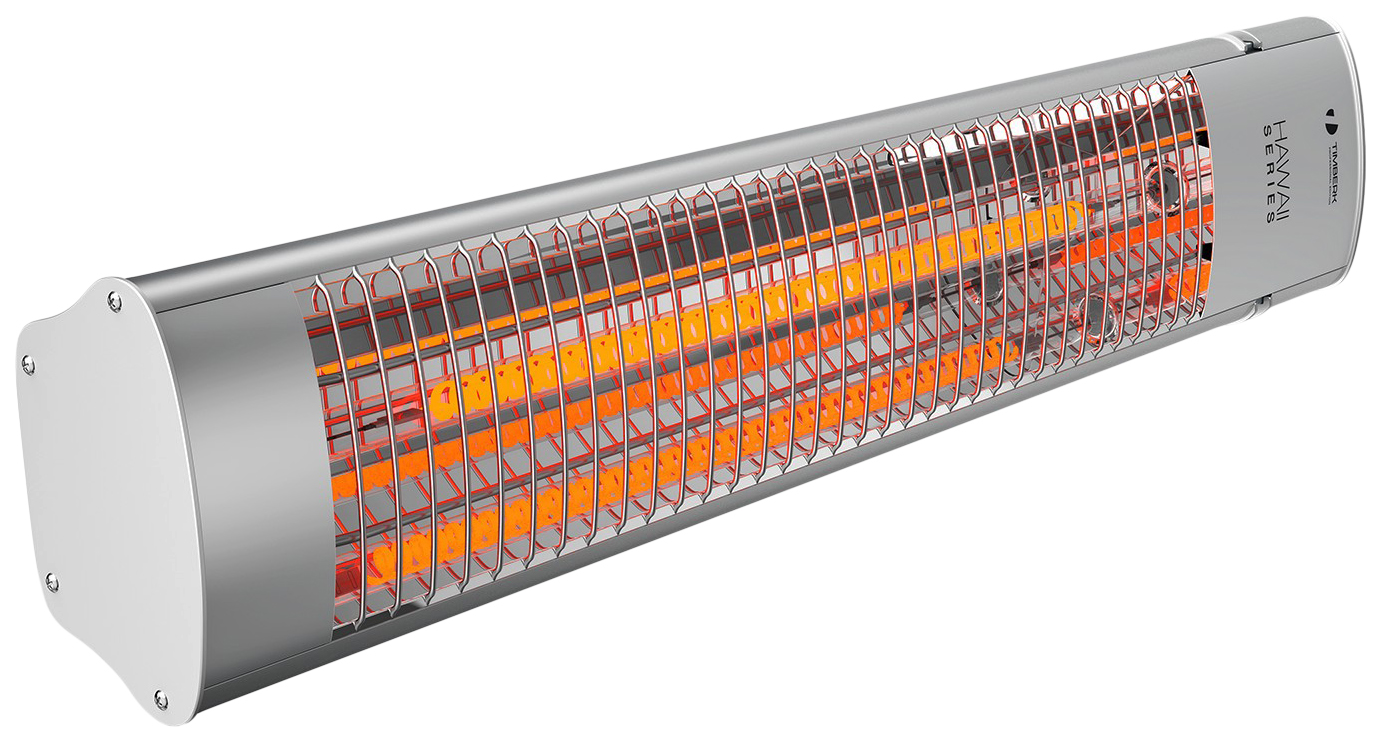The organization of the heat supply system in non-residential buildings and premises can be very different from that for residential buildings. The difference lies in the required parameters and, consequently, in the choice of air heating method and equipment. How to make heating of non-residential premises correctly: methods, calculations, tariffs are mandatory for analysis.
- Rules for organizing heating of non-residential premises
- Choosing a method of heating buildings
- Water heating of non-residential buildings
- Air heating of buildings
- Spot heat supply of production areas
- Electric heating of commercial premises
- The procedure for calculating heating of non-residential premises and tariffs
Rules for organizing heating of non-residential premises
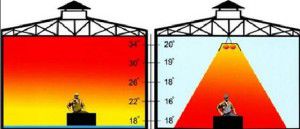
First of all, you should decide on the optimal characteristics of the future heat supply scheme. Heating large rooms requires significant investment in both the purchase of equipment and post-installation maintenance.
First you need to conduct an initial analysis of the characteristics of the building. The results obtained are checked against the calculated parameters. On the basis of these values, heating of non-residential premises is knocked out. To carry out this design phase correctly, you need the following:
- Appointment of the room... Based on this, the thermal mode of heating is selected, as well as the schedule of its functioning - daily, weekly or monthly;
- Dimensional characteristics - area and volume. In most cases, storage space heating must be designed to maintain the desired temperature level in relatively large buildings;
- Available energy sources - a gas main, an electrical network with the required power parameters, or cheap fuel. The latter includes firewood, coal or diesel fuel.
On the basis of these data, the methods of space heating are selected. It is with the analysis of possible options for heat supply that any project of an administrative or industrial building should start.
When performing a preliminary assessment of a house or room, its heat loss must be taken into account. If necessary, install an additional layer of thermal insulation.
Choosing a method of heating buildings
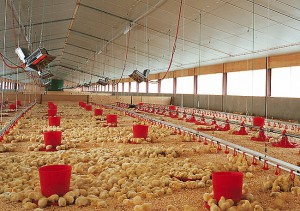
It should be remembered that the heating of livestock buildings is different from the same heating system for a commercial or industrial building.
Currently, there are many methods for ensuring the heating of indoor air to the desired level. For this, various equipment and accessories are used. The difference lies in the schemes and methods for ensuring a normal temperature level.
Water heating of non-residential buildings
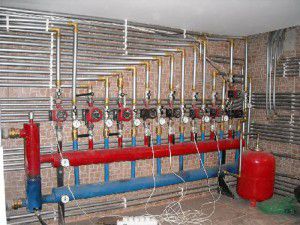
Among all methods of space heating, this is one of the most common. The heat supply scheme consists of a heat source (boiler), pipelines through which the heated coolant passes, as well as radiators, batteries and registers.
The heating of the retail space made in this way can be easily adapted to different types of energy carrier - gas, solid or diesel fuel. To do this, it is only necessary to replace or modernize the boiler. At the same time, there is no need to change the complete set of the rest of the system.
However, along with this, it is necessary to take into account the peculiarities of the operation of heating large rooms of this type.It consists in high maintenance costs, since it is necessary to constantly maintain a comfortable temperature in a significant amount. In addition, when organizing heating of non-residential premises, the following factors should be taken into account:
- Possible influence on the coolant negative temperatures in winter. This can lead to freezing and damage to the pipeline;
- System inertia... The air heating time is directly dependent on the volume of the room;
- Possible heat distribution problems... The air temperature will be higher for heating devices.
This method is applicable for heating livestock buildings, if the level of air heating in them must be constant. In all other cases, it is best to consider other heating options.
For autonomous water heating of warehouse premises, it is necessary to make the correct arrangement of the boiler room. Her work should not interfere with the main production process.
Air heating of buildings
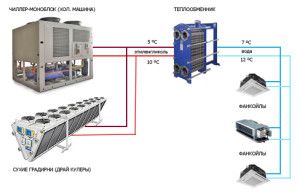
One of the new and effective ways to heat a retail space is to install an air circuit. It is called the chiller-francoil system.
This type of heat supply consists of two elements - a chiller and francoil units installed in the building. The first is not mounted inside the house, but on its roof. The chiller is based on the principle of a heat pump. In its first circuit, refrigerant circulates, the temperature of which rises with increasing pressure. The received energy is transferred through the heat exchanger to the internal circuit, which is connected to the mains with the help of pipelines. They, in turn, are connected to francoils.
Before installing such a system, an accurate and scrupulous calculation of the heating of the room will be required. During its implementation, internal and external factors are taken into account - the climatic features of the region, the characteristics of the building, etc. This task should be performed by special design offices.
The main advantages of heating a commercial space of an air type:
- The system can operate both for heating (in winter) and for air cooling (in summer);
- Possibility of installing additional francoil units in other areas of the building;
- High speed of air heating and organization of zonal heating of premises;
- Adjustment of the operating mode of each francoil. This allows you to set the optimal air heating mode in individual rooms.
It is important to correctly calculate the heat for heating the room, since, depending on this, a chiller of a certain power and performance will be selected. According to the type of coolant used, it can be with a water circuit or air. The latter can be used to supply heat to small and medium-sized buildings and industrial workshops.
The cost of the chiller-francoil system can be from 700 thousand rubles. Therefore, it is so important to calculate the feasibility of its installation.
Spot heat supply of production areas
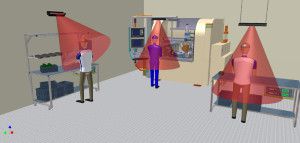
How to optimize the cost of heating non-residential premises? For this, a fundamentally different air heating scheme can be applied. At the same time, despite the high tariff for heating non-residential premises, significant energy savings will be observed.
This is primarily about spot heating. Its difference from the traditional one lies in the distribution of heat in a certain volume of the room, and not over its entire area. This applies to the heating of warehouses, where it is necessary to create an individual thermal regime in separate zones.
There are several ways to organize this type of heating. The most effective is the installation of gas infrared emitters. In them, during the combustion of gas, infrared radiation is formed, which, with the help of a reflector, is focused on a certain area.
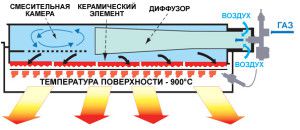
With the help of similar electrical devices, it is possible to organize heating of livestock farms, where it is necessary to maintain the desired temperature level in only one area of the room. At the same time, experts take into account the following points:
- The use of IR heaters as an auxiliary system for operational heating of the room. For further work, you can install electric boilers for space heating or their solid fuel and gas counterparts;
- During the operation of the heaters, the air does not heat up. The temperature rises on the surface of objects that fall into the range of devices;
- When calculating the heating of the room, the ventilation system must be taken into account. In particular, the intensity and frequency of complete air replacement. This refers to the inevitable heat losses from heating.
In addition, it is important to correctly select the power of the devices, as well as to ensure the safety of their operation. Safety is a top priority when planning heating.
If the location of the heating area will constantly change - it is recommended to purchase mobile IR heaters. They are convenient for organizing heating of a sales area with a different assortment of goods.
Electric heating of commercial premises
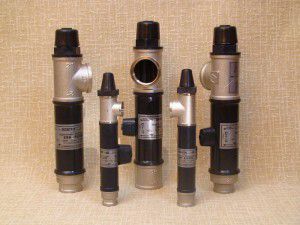
For rooms with a small area, you can install electric heat supply. For this, special electric boilers are installed for heating non-residential premises - electrode or induction. They are characterized by their small size and the possibility of installation in confined spaces.
Taking into account the tariffs for heating non-residential premises, they will not be the most appropriate. In any case, you will have to make a piping system, install radiators and batteries. Alternatively, you can consider installing electric heaters.
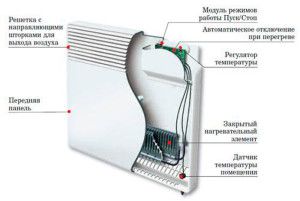
They cannot be used to heat large rooms and premises, as this will entail too high costs. Installation of electric convectors is relevant only if the following conditions are met:
- There is no possibility of organizing gas or infrared heating;
- The power grid is designed for the maximum power of all electrical appliances;
- Installation of two tariff meters to optimize costs. With good thermal insulation, heating of non-residential premises can be organized in the night mode. During the day, turn on the radiators only when the temperature drops critically.
It is because of these factors that it is desirable to install heating electric boilers in non-residential premises. In this case, the water system will require lower costs for heat supply.
The best way to heat non-residential buildings and premises is the one in which the heat supply system has an efficiency rate of at least 85%.
The procedure for calculating heating of non-residential premises and tariffs
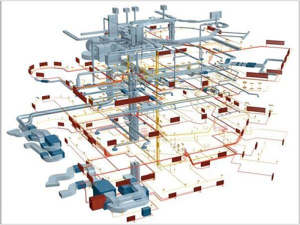
Having chosen the optimal method of heating the air in the room, it is necessary to correctly calculate the parameters of the heat supply components. To do this, you should use a certain technique.
It consists in performing the following steps:
- Calculation of heat losses... Based on the figure obtained, you can calculate the amount of heat for heating the room.
- Determining the operating mode of the system... In particular, the maximum degree of heating of the coolant and the level of its cooling. This only applies to the water system.
- System load scheduling... It depends on the difference in temperature outside and indoors.
This is only a general methodology that may vary depending on the selected heating system. A great difficulty is the situation when the heating in the room is connected to a central system. In this case, it is necessary to accurately determine the heating tariffs for non-residential buildings and premises. Alas, each management company sets its own prices, depending on consumption.You can find out the exact cost and terms of service using an online calculator.
When organizing autonomous heating of non-residential premises, you need to be guided by the current standards. In this case, additional conditions may be put forward, which depend on the purpose of the premises. For example, the heat supply for a household goods warehouse will differ from that for food products.
The video material shows an example of organizing warehouse heating using IR heaters.

